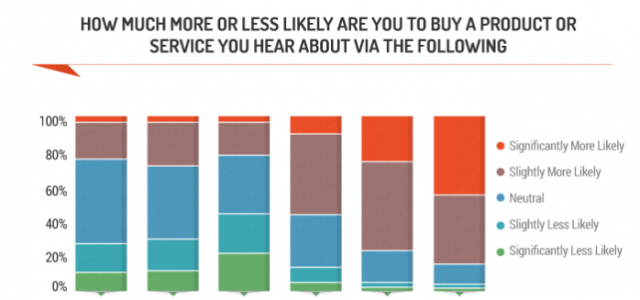I’ve written a 3 page feature for HR Magazine this month (this edition also has me on the cover as one of their ‘Movers and Shakers’). The feature focuses on the creative design of people centric organisations and summarises some of ‘The Social Organization’.
Therefore, if you’ve not read and don’t want to read the book (you should!) you can at least read the summary of the section on organisation models in HR Magazine. However, I’ll also be outlining a lot of the main points from the book and the article here.
I’ve already reviewed the advantages and disadvantages of traditional functions and now present the first main alternative based on horizontal rather than vertical focus.
Since delivering service to customers is the whole point of most organisations, functional organisations’ lack of focus on customers is a major drawback. More organisations are therefore organising themselves horizontally, linked to the work that needs to get done, rather than vertically, linked to the functional areas which need to contribute to this work.
The first way that a horizontal focus is achieved is by organising people by major processes. As an example, instead of having a recruitment function, with specialists for assessment, selection and onboarding, etc, a truly process based organisation would have a team focused on the end-to-end talent acquisition process.
Any further specialism could have recruiters focus on graduates or experienced hires, or even graduates from particular universities or courses, but all recruiters within the process would still be responsible for the whole requisition to hire process. Alternatively, talent acquisition might be included within each major business process.
In any of these cases, in order to manage fluctuating demands, people also need to work together as a team. Therefore, although process-based organisation is a great way to satisfy customers, it requires a lot of focus on cross-skilling and even more problematically, a need for people to rethink their identities as process rather than functional specialists.
Although process-based organisations are generally flatter than functions, they can also be organised hierarchically, with smaller process managers reporting into the process managers of bigger / higher-level processes.
The second approach to horizontal organisation is to use project teams. Projects are like processes but generally deal with larger and often more varied requirements than individual instances flowing through a process. This additional size allows team members to maintain their functional specialisms, reducing cross-skilling challenges, but it also means everyone needs to collaborate closely with one another.
Projects can be co-ordinated hierarchically, eg through a traditional programme management office/approach, or via a looser network-based approach.
The third approach is to use agile teams which are like project teams but focus on short-term sprints and small valuable deliverables rather than longer-term efforts to produce larger, more complete outputs. Team members need to be work flexibly and closely alongside each other as well as taking more responsibility for identifying the work they are going to do, and hence, this approach requires teaming to an even greater extent.
Agile teams tend to be co-ordinated semi-hierarchically, eg though a scrum of scrums or a looser network-based approach.
Horizontal, and especially process, organisation was the next model to be developed, after functional and divisional structures, emerging in the 1960s and 70s due to increased focus on customers and a push back against the bureaucracy of divisional organisations. They then gained further support during the short-term burst of attention given to process re-engineering during the 1990s.
However, they have not caught on that widely, although many organisations have aspects of process organisation within them. For example, HR business partners work mainly in a relationship management process. Projects have always been a core way of organising in many sectors, such as professional services firms, and are now being used more broadly.
And the dramatic shift towards agile ways of working have given horizontal teams a major boost in recent years too. Good examples of this type of organisation are Cleveland Clinic, ING Bank and holacratic organisations like Zappos.
I think we can make more use of horizontal teams than we do, and this shift, often called projectisation, is already taking place. AI based systems like ProFinda and Catalant, which I refer to in the HR Magazine article (in a different context) are helping too, by making it easier to schedule staff onto projects appropriately.
However, I don’t think it represents the best way of organising to respond to today’s people-centred business environment. It’s certainly not the only way firms should think about organising, even when combined with functions too.
I want to write my next post to focus specifically on agile teams and organisations, and just for completeness want to do the next one on matrices. But I’ll then start to review the new people-centric organisation models which I think most firms need to consider more proactively. (These aren’t actually new, but will be new to most organisations.)
I’ll also be speaking about horizontal organisations and the Cleveland Clinic case study at IRM UK’s Business Process Management conference shortly. Or you can read about both the approach and the case study in ‘The Social Organization’.
Here are my previous posts introducing this series on modern organisation models:
https://www.linkedin.com/pulse/hr-magazine-new-organisation-models-jon-ingham/
https://www.linkedin.com/pulse/whats-wrong-traditional-functions-why-do-most-still-use-jon-ingham/
Article by channel:
Everything you need to know about Digital Transformation
The best articles, news and events direct to your inbox
Read more articles tagged: Featured, HR, Organisational Design









